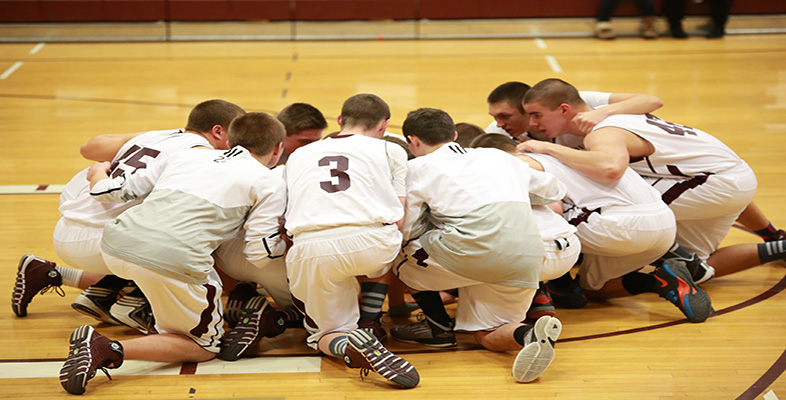3.1 Stages in the development of teams
Many teams appear to develop in the same way and to follow a predictable pattern of formation and growth (their life cycle). As a member of a team, if you know what the pattern is and can recognise the features of the developmental process in your own team, then you are in a strong position to be able to do something about it – if indeed you need to. First, you can understand what is going on – the growing pains of your team; second, you can take appropriate action to help your team to move on to the next stage of growth; and third, you can try to avoid doing anything inappropriate to upset the development of your team!
In 1965 Tuckman published a paper in which he identified and characterised four stages of team development (Tuckman, 1965). Later on, Tuckman and other authors added a fifth stage to the end of the team development life cycle (Tuckman and Jensen, 1977). Tuckman’s model formalises the process of team development and gives names to the different developmental stages. These stages have been given other names by other authors but they are widely recognised as being ones through which many teams pass. In the remainder of this section, Tuckman’s model of the development of teams is described. Furthermore, we have included some advice for virtual teams to consider at each of the five stages.
